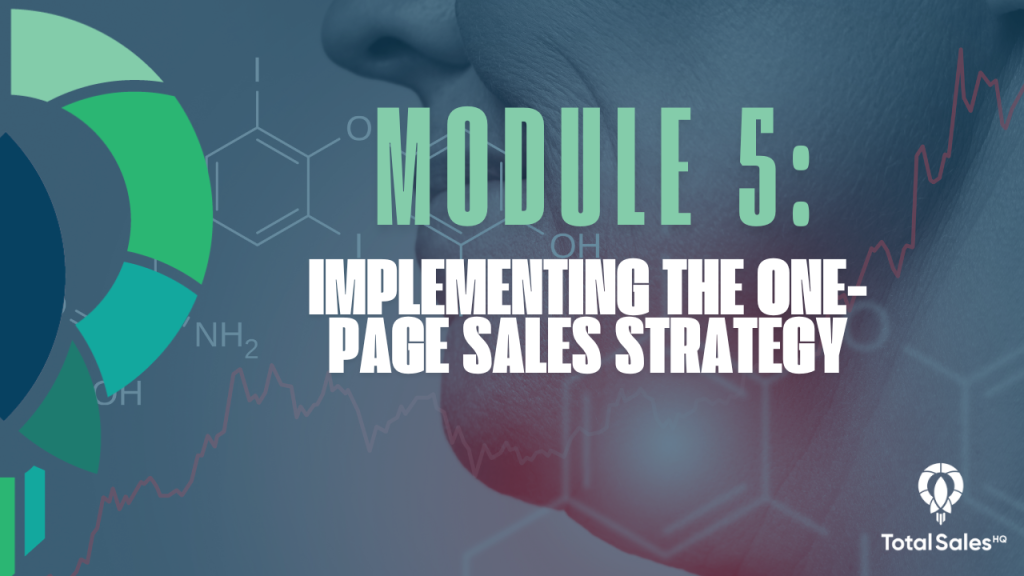
A well-crafted sales strategy is useless without proper implementation. The key to ensuring success is clarity, accountability, and consistency in execution. This module will guide you in effectively implementing the One-Page Sales Strategy for your clients by focusing on:
To achieve this, implementation will be broken down into three core focus areas:
Each area requires a structured approach through Systems & Tools, Sales CoPilot Support, Client Sales Team Responsibilities, and Management & Reporting.
A structured lead generation process ensures that clients target the right audience consistently and efficiently.
Identifying & Profiling Ideal Clients
Creating an Outreach Plan
Responsibilities & Execution
| Task | Who is Responsible? |
| Prospect research & data entry | Sales CoPilot Support Team |
| Outreach execution | Automated + Sales CoPilot |
| Lead responses & initial engagement | Client Sales Team |
| Performance tracking | Management & Reporting |
Key Success Factors
Every sales process consists of three key phases:
First Response:
Speed & Consistency The first 30 minutes, 2 hours, and 24 hours after a lead engagement are critical.
Qualifying Criteria: Ensuring Sales-Ready Leads A lead is considered “fully qualified” when the outcome of the sale is in our hands, not the prospect’s.
| Qualification Criteria | Check |
| Decision-maker involvement | ✅ / ❌ |
| Compelling reason for help | ✅ / ❌ |
| Readiness to implement solution | ✅ / ❌ |
| Budget availability | ✅ / ❌ |
| Does the product/service solve their problem? | ✅ / ❌ |
CRM Integration & Quality Control
Key Success Factors
Consistency in reporting ensures data-driven decision-making and team accountability.
Daily Reporting: Keeping the Process on Track
Weekly Sales Meetings: Course Correction & Improvement
Key Success Factors
Action: Have a formal kickoff meeting to align on time commitment, responsibilities, and ROI expectations.
Action: Ensure lead definitions, qualification checklists, and reporting structures are embedded in the CRM.
Action: Clearly document what’s automated, managed by Sales CoPilot, and handled by the client’s sales team.
Action: Implement daily reporting, weekly meetings, and monthly strategy reviews.
Action: Identify quick wins (e.g., high-value prospects, underutilized referral channels) to accelerate early ROI.
By successfully implementing this module, you will: ✔ Ensure structured execution of the One-Page Sales Strategy ✔ Drive efficiency by defining clear processes and responsibilities ✔ Create transparency and accountability for your clients ✔ Accelerate ROI by prioritizing high-impact activities
Next Up: Now that your sales strategy is implemented, we move to client retention strategies and scaling your Fractional Sales Agency.
Let’s get to work!
